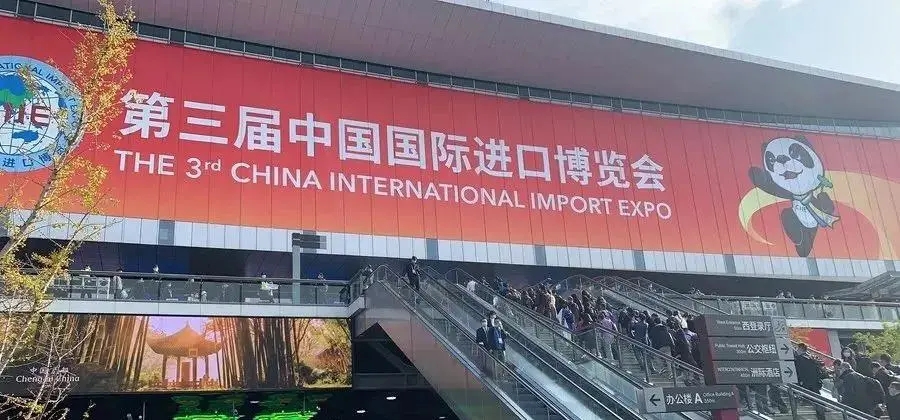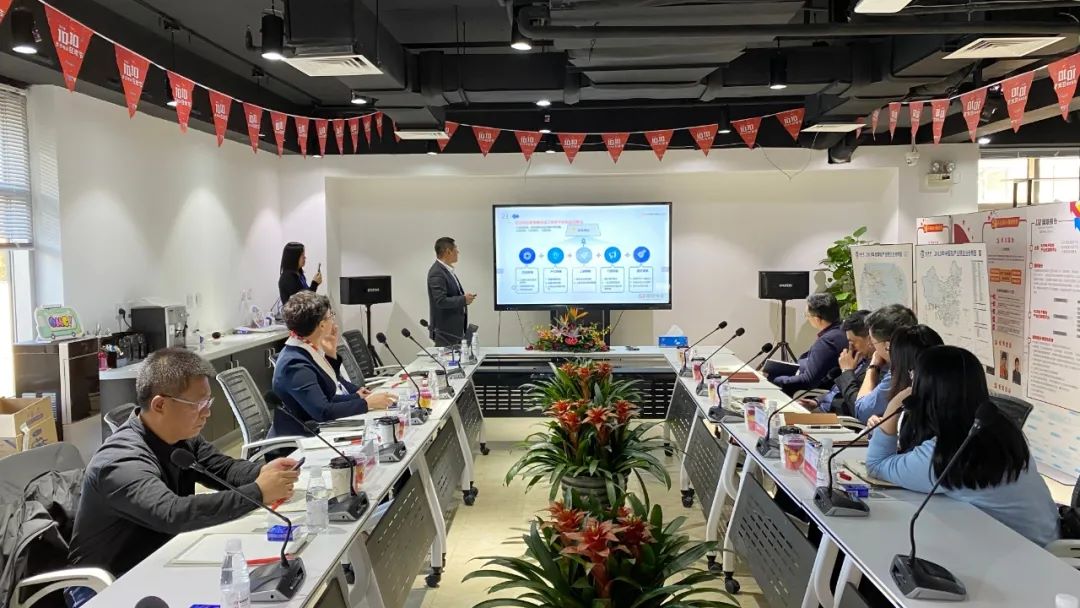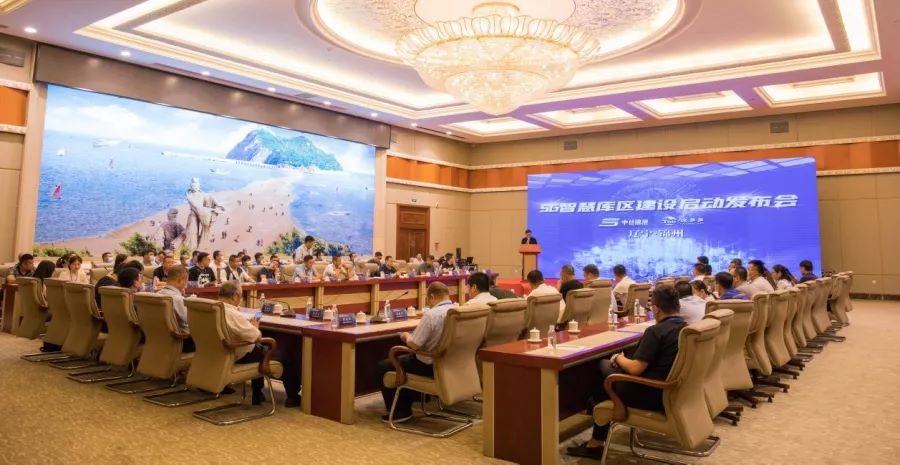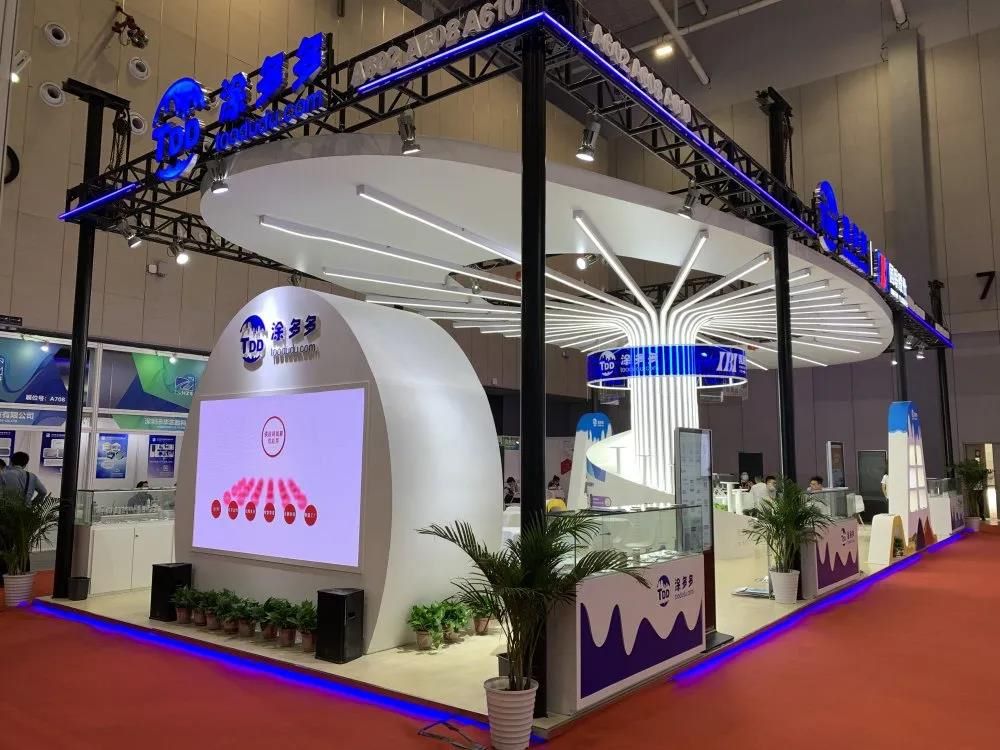With the tariffs suspended, will the tire market see major changes?
China's tire market: sweet first, bitter later, you still have to compete with strength
Short-term benefits: finally we can take a breath!
China and the United States have suspended the mutual 24% tariffs, and Chinese tire factories are directly happy - costs have been reduced, prices can be suppressed, and export orders are finally expected! Before the United States increased the tariff to 125%, how many tires were piled up in the warehouse and could not be sold? Now it's good, the same goods can be much cheaper than before, American customers will not rush to place orders?
Enterprises dare to develop boldly! Many leading factories plan to make efforts in both directions: on the one hand, they will spend money on research and development, and on the other hand, they will expand high-end production lines. I heard that some factories have said that the investment in research and development will be increased to 4.5%, and the production capacity of high-performance tires will account for at least 60%. This is going to be a big deal!
Long-term challenges: There are still many reefs
But don't be happy in a hurry. The 90-day suspension period is just a temporary patch. The remaining 10% tariff is still hanging, and it is not known when there will be trouble again. For insurance purposes, many companies have already gone to Mexico and Thailand to build factories, fearing that they will be stuck again if the policy changes in the future.
Looking at the high-end market, foreign brands such as Michelin and Bridgestone still firmly dominate the market. Our tires are cheaper, but if we want to squeeze into the high-end circle, we have to fight hard on brand and technology. Fortunately, companies such as Sailun have begun to lay out global brand strategies. Whether they can counterattack depends on this wave of operations!

US tire industry: joy and worry under tariff suspension
Short-term buffer and adjustment space
Inventory buffer effect
Before the tariff adjustment, the US market had stockpiled a lot of goods. Take the first quarter of 2025 as an example, the import volume of passenger car tires reached 41.88 million. With so much inventory, there is no shortage of tires in the market in the short term, and the price will naturally not fluctuate too much. Consumers will still buy what they should buy, and basically will not feel the change.
Strategy optimization of local enterprises
Taking advantage of this window period of tariff suspension, local tire companies in the United States began to think about new ways. Some companies plan to upgrade their production lines and automate production, which can reduce costs and improve efficiency.
Others have turned their attention to high value-added products such as electric vehicle tires. After all, the competition in the ordinary tire market is too fierce, and it is too difficult to grab market share by low prices. It is better to find another way.
Long-term competitive pressure intensifies
China's competitiveness is restored
Chinese tires have recovered this time. Originally, the production cost of our truck and bus tires was 15%-20% lower than that of the United States. Now that the tariffs have been suspended, the price advantage is more obvious.
In the past, American domestic companies were able to maintain more than half of their market share by relying on high tariffs, but this situation is likely to be in jeopardy in the future. According to this trend, the market share of Chinese tires may increase from less than 50% to 55%-60%, and the profit margins of American companies will certainly be compressed.
Policy dependence and transformation pressure
Many American tire companies have relied on tariff protection to "keep alive" in recent years, and have fallen behind in technological innovation.
Now that the tariff advantage is gone, they must face reality immediately - they must upgrade their technology and improve production efficiency. Car companies are not doing well either.
Ford and GM had to raise prices for their products due to increased tariff costs, and their sales were greatly affected. This also forces the entire supply chain to be optimized. If they continue to stand still, they will be eliminated by the market sooner or later.









